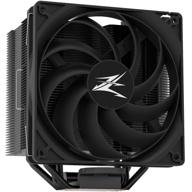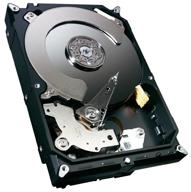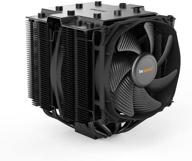
Review on Synology E10M20-T1 10Gb Ethernet and M.2 Adapter Card with RJ-45: Single Port by Timothy Kiley

Encryption bottleneck practical example Synology
Summary. When using this device with Synology-encrypted shared folders for exceptionally large file transfers, there is a slight speed advantage over 5GbE or 10GbE, but once you start using thousands of real-world file transfers, the benefits wear off. Our use case for Synology is a typical laptop archive storage limited to 2TB of onboard storage. We recently added a 10GBE card (Synology 10Gb Ethernet Adapter 1). RJ45 connector (E10G18-T1)) to connect our DS1817+ directly to non-Thunderbolt laptops via a QNAP USB 3.0 Type-C to 5GbE adapter (QNA-UC5G1T). Using unencrypted shared folders on a 5 x 4TB WD Red SHR2 array or a single Samsung 850 EVO SSD, we get consistent 390MB/s up and down transfer speeds. But when transferring to encrypted shared folders, we only get around 170MB/s in writing and 350MB/s in reading from Synology. With a direct 1GBE connection, write and read speeds to and from encrypted shared folders are around 120MB/s. For exceptionally large file transfers, there is a slight benefit in the increased speed that 5GbE offers over 10GbE, but once you start using thousands of file transfers in real-world cases, the benefits really evaporate (with encrypted shared folders). find more benchmarks confirming that Synology's encrypted shared writes are capped at around 170MB/s no matter what you do to get around that bottleneck. Encryption is the real bottleneck at Synology. But you must be crazy not to turn on encryption if you care about security at all. The most likely way of losing your data is for someone to physically steal your hardware. In short, if you use encrypted shared folders, there is little real-world benefit in using 5Gbe/10Gbe on your Synology NAS.
- Great design
- Available in white only
New products
Comments (0)
Top products in 🧰 Computer Internal Components
Another interesting products
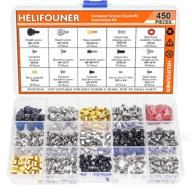
🖥️ Helifouner 450-Piece Computer Standoffs Spacer Screws Kit: Ideal for Hard Drive, Motherboard, Fan, Power Graphics & Computer Cases

10 Review
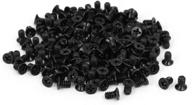
uxcell 3.5" HDD Screw Black 200pcs for Computer PC Case - Flat Phillips Head - 6#-32 - Hard Drive Fasteners

10 Review
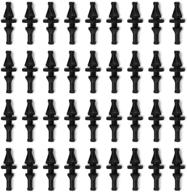
36-Pack Black Rubber PC CPU/Case Fan Screws/Rivets Set for Computer

11 Review
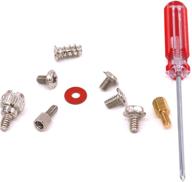
Glarks 660 Pieces Phillips Assortment Motherboard

10 Review


